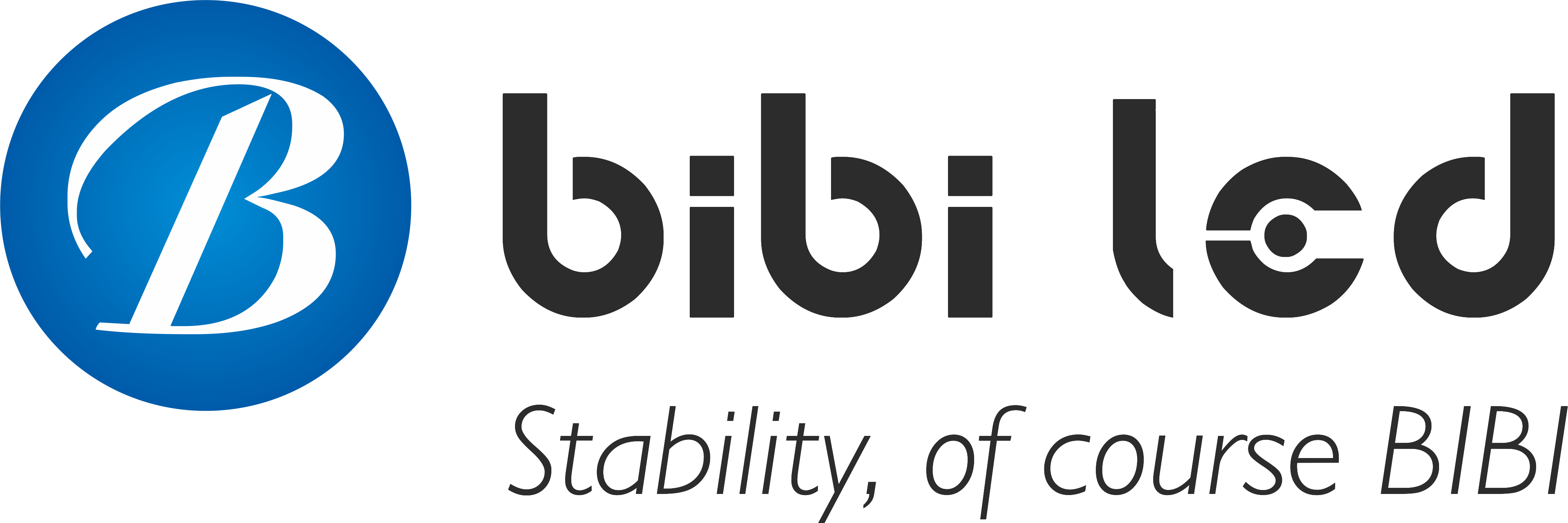소개
In children’s parks, 발광 다이오드 표시 스크린 are not only an important tool to attract children’s attention, but also an important platform for delivering information, 교육, and entertainment.
However, how can LED screen content be designed to attract children’s attention while ensuring that the content is safe, healthy, and educational? This is not a simple matter!
목차
Note 1: The picture design should be "eye-catching" but not "over-stimulating"
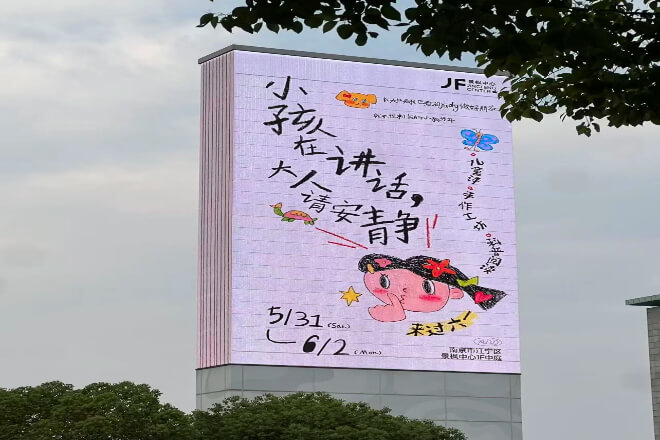
The first priority of the content design of LED screens in children’s parks is to attract children’s attention, but attraction does not mean excessive visual stimulation.
The choice of color is very critical. It is recommended to use bright and soft colors, such as bright orange, sky blue, and grass green. These colors are lively and not dazzling, which can make children feel friendly.
It is especially important to avoid using high-contrast red, green, and blue combinations or frequently flashing pictures.
Because such designs can easily cause children’s eye fatigue or even dizziness, especially younger children, who are more likely to be strongly stimulated and have their emotions affected.
The rhythm of animation is also important. Too fast animation switching frequency not only makes it difficult for people to capture the details of the picture, but also makes children feel overly excited and find it difficult to calm down.
The ideal animation rhythm is to maintain a medium speed, such as switching between 3 and 5 frames per second, which is lively and not too stimulating.
For example, a cute little rabbit jumping in the flowers, with coherent and natural movements and soft and warm colors, can attract children’s attention more than fast-flickering geometric figures, and will not cause them visual fatigue.
In addition, the content design recommends the use of cartoon images plus scene-based expressions.
For example, let the cartoon animals interact in specific scenes such as forests, playgrounds, or oceans. Such pictures not only increase the fun, but also enhance the recognition and affinity of the content.
When children see familiar and lively cartoon characters, they are naturally more likely to have a good impression and resonance, and then they are willing to take a few more glances, achieving the dual purpose of publicity and education.
Note 2: The content should be entertaining and not too "commercialized."
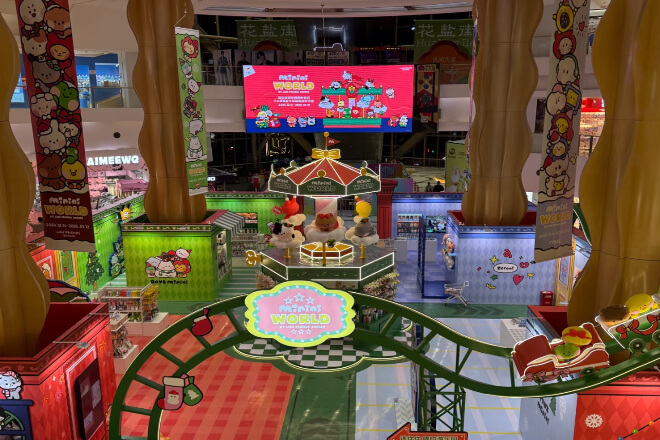
The content of the LED screen in the children’s park should not only attract attention, but also have educational significance to avoid making parents feel that they are “hard selling”.
Excessively commercialized content can easily cause parents to be disgusted, and children do not like to be frequently bombarded with advertising slogans that affect their play experience.
Therefore, when designing content, we should focus on combining education with entertainment, and convey positive information.
Such as safety, environmental protection, etiquette, etc., through short, interesting, and educational knowledge or behavior guidance videos.
For example, play concise and clear safety reminder animations, explain the correct use of amusement equipment, or introduce common sense in daily life, such as “Why do we have to queue?” and “How to protect the environment”.
Such content not only helps children develop good behavioral habits but also relieves parents’ anxiety.
In terms of content form, using interesting tasks, interactive questions and answers, or cartoon character guidance will make the information more vivid and interesting.
For example, the screen can show “Do you know how to play on the slide safely?” and then use animation to show the correct demonstration.
And use simple questions to let children think, such as “Tell me quickly, what can’t you do on the slide?”
Through this entertaining way of combining education with entertainment, children and parents can participate more actively, and information acceptance is more natural.
This not only avoids blunt commercial sales but also enhances the practical value and affinity of the content, making the LED screen a truly warm interactive platform in the children’s park.
Note 3: Safety and privacy information must be strictly avoided
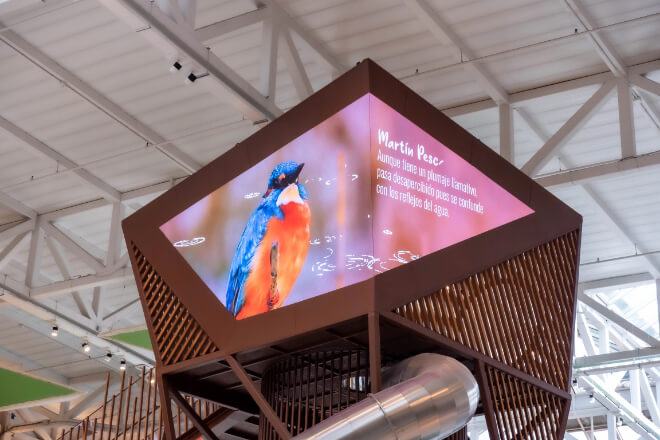
In the children’s park, children and parents are most concerned about safety and privacy, so the content of the LED screen must be given special attention.
For example, you must never directly display the real-time faces of people on the scene or pictures of children’s behavior.
Which will make parents worry about the leakage of their children’s privacy and may also cross the legal line. After all, the safety of children is the first priority.
In addition, it is best not to have any QR code scanning or guide link content on the screen.
If the children click carelessly, they may jump to some places they shouldn’t go, and parents will definitely worry. The simpler and clearer the content, the better, don’t cause trouble for children and parents.
Another important point is that there must be no content that rewards or induces consumption.
The children’s park is a place for children to have fun and parents to rest assured, not a battlefield for businesses to cut orders.
If the LED screen is always promoting something, it will make everyone feel uncomfortable and destroy the original purity of the park.
Therefore, safety and privacy must be strictly guarded so that everyone can enjoy a happy time with peace of mind.
Note 4: Update frequency and seasonal content should be adjusted dynamically
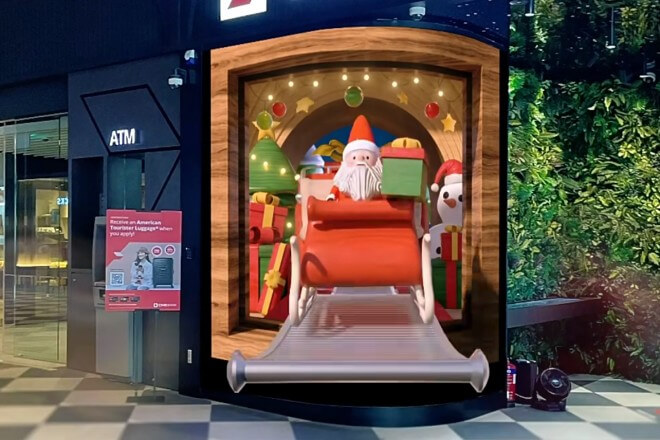
The content of the LED screen in the children’s park cannot always remain the same, especially during holidays, seasonal changes, and children’s birthday months.
It is best to have special theme content to suit the occasion. For example, during the Spring Festival, some red and hot animations can be put on the screen.
Such as cartoon lion dances and firecrackers, so that everyone can feel the festive atmosphere as soon as they enter the park.
In spring, you can change to green grass and lively animals, golden leaves and fruits in autumn, and warm orange with snowflakes in winter, visually “changing faces” with the seasons, so that children and parents find it interesting.
In addition to holiday themes, LED screens can also be used to publish news about parent-child activities in real time.
For example, when will there be a painting competition in the afternoon, when will there be a parent-child game tomorrow, and will the LED screen broadcast it in time?
Parents and children can know at a glance without asking around, and it is also convenient for everyone to arrange a time.
In this way, the LED screen is not just a decoration, but also a “little secretary for activities” in the park.
What’s even better is that the background color and theme of the screen can also be changed to match the atmosphere of the park.
In summer, refreshing blue-green tones are used to give people a cool feeling. In winter, it is changed to warm orange or red, which makes people feel comfortable.
In this way, the color and content are matched together, and the whole park looks more vibrant and attractive.
In short, the content must be dynamically updated to keep the LED screen fresh and make the park full of vitality and warmth, leaving good memories for children and parents.
Note 5: The combination of voice and text should take into account children's literacy ability
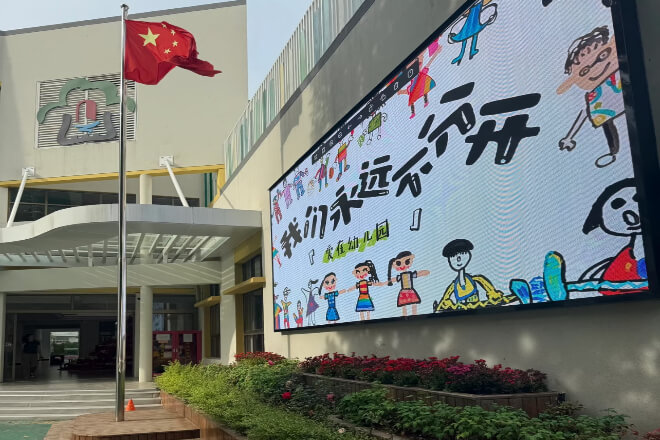
The LED screen in the children’s park cannot rely solely on text to speak, after all, many children do not know many words.
When designing content, the words should be simple, the sentences should not be too long, and the content should try to match pictures and text, with more pictures and less text.
For example, if you write “please queue up” and put a little man queuing icon next to it, the child will understand it at a glance without waiting for parents to help explain.
It would be better if you could add a voice broadcast, but the speed should not be as fast as an advertisement.
Speak slowly and in a gentle voice, like an adult chatting with a child. For example, “Please line up, don’t push”, repeat it once or twice, the child will feel comfortable listening and remember it firmly.
Voice helps children who can’t read understand information, and parents can worry less.
Also, don’t forget to use more icons instead of text.
Running is prohibited, garbage classification, and hand washing reminders can be expressed with simple and easy-to-understand pictures.
In this way, even if the child does not know the words, he can understand what to do through pictures.
The combination of pictures and voice is more effective than simple text, and children accept it faster.
In addition, the literacy level of children of different ages varies greatly. Kindergarten babies can just look at pictures and listen to a voice.
Older children can slowly add some simple text, but it still has to be simple and easy to understand.
Don’t make the content complicated, don’t let the children be confused, and don’t let parents help explain too much.
In general, the voice and text on the LED screen should be reasonably matched, with more icons, slow speech speed, and simple content, which is more considerate and easy for children and parents to understand.
This will not only make children have fun, but also ensure that everyone understands the safety rules, and the experience of the park is better.
6. 결론
Through the introduction of the above 5 major considerations, I believe you have a clearer idea of how to design the LED screen content of the children’s playground.
Please remember that the content design should not only attract children but also focus on safety, education, and interactivity.
I hope these suggestions can help you create a playground environment that children like and parents can rest assured.
마지막으로 LED 디스플레이 화면에 대해 더 알고 싶다면, 우리에게 연락해주세요.
